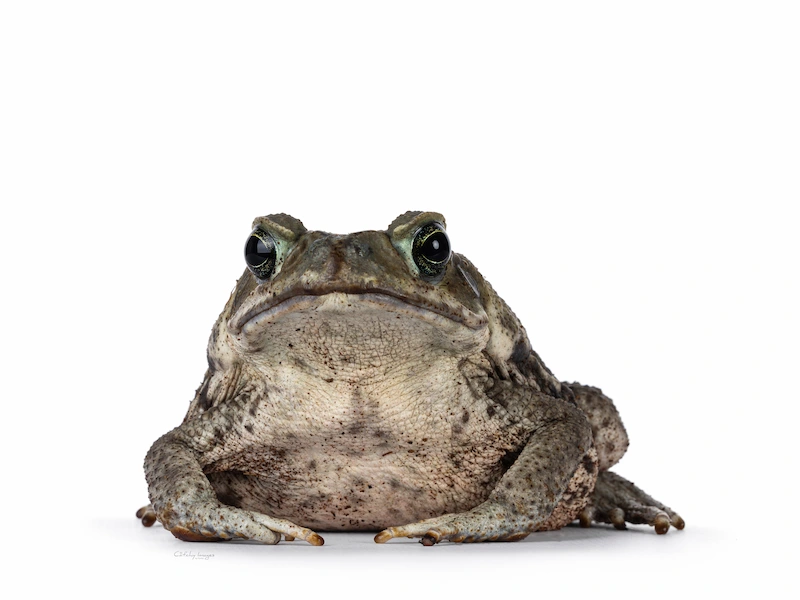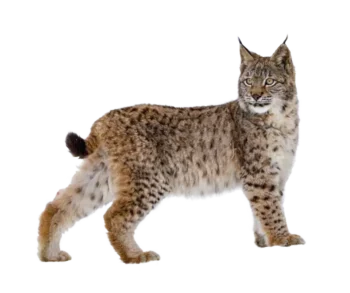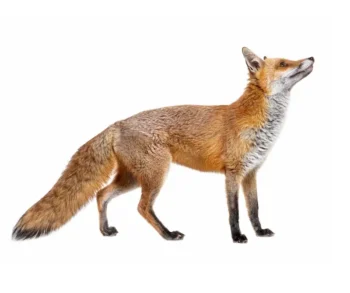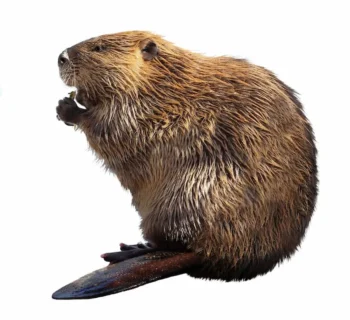Cane Toad Habitat
Cane toads are an invasive species whose native range is from South Texas to the central Amazon rainforest. They were introduced to other areas, such as Australia, Florida, and the Philippines, to control agricultural pests. However, they have grown out of control and are hazardous to these nonnative ecosystems.
Cane toads are mostly nocturnal and move around the most during the night. During the day, they will hide in shady, sheltered areas. They do not establish homes and may move up to 200 meters in a single night.
Cane Toads in Florida
Cane toads were originally introduced to Florida in the 1930s to control agricultural pests in sugar cane fields – hence the name “cane” toad. Initial introductions were unsuccessful, but when introduced by mistake in 1957, they finally established themselves in Florida.
Cane toads are also known as bufo toads, marine toads, or giant toads. Since they were first introduced, they have done significant damage to local ecosystems. As a result, they are not protected in Florida and can be humanely killed without permits. However, it is still dangerous to remove cane toads on your own, as they are poisonous.
Cane Toad Behaviors, Threats, or Dangers
The most important danger to keep in mind is that cane toads are poisonous. Their skin is toxic, and they secrete a toxin from glands on their eyes and back when threatened. This poison, called bufotoxin, can be deadly to pets and even people. After licking or ingesting a cane toad, animals may act agitated, drool excessively, and lose coordination. If you believe your pet has encountered a cane toad, get veterinary attention immediately.
If you notice cane toads on your property, get in touch with a wildlife control company right away. Do not handle the toad on your own, and wash your hands thoroughly if you come in contact with one. Get medical attention promptly if anyone may have ingested the cane toad’s poison.





